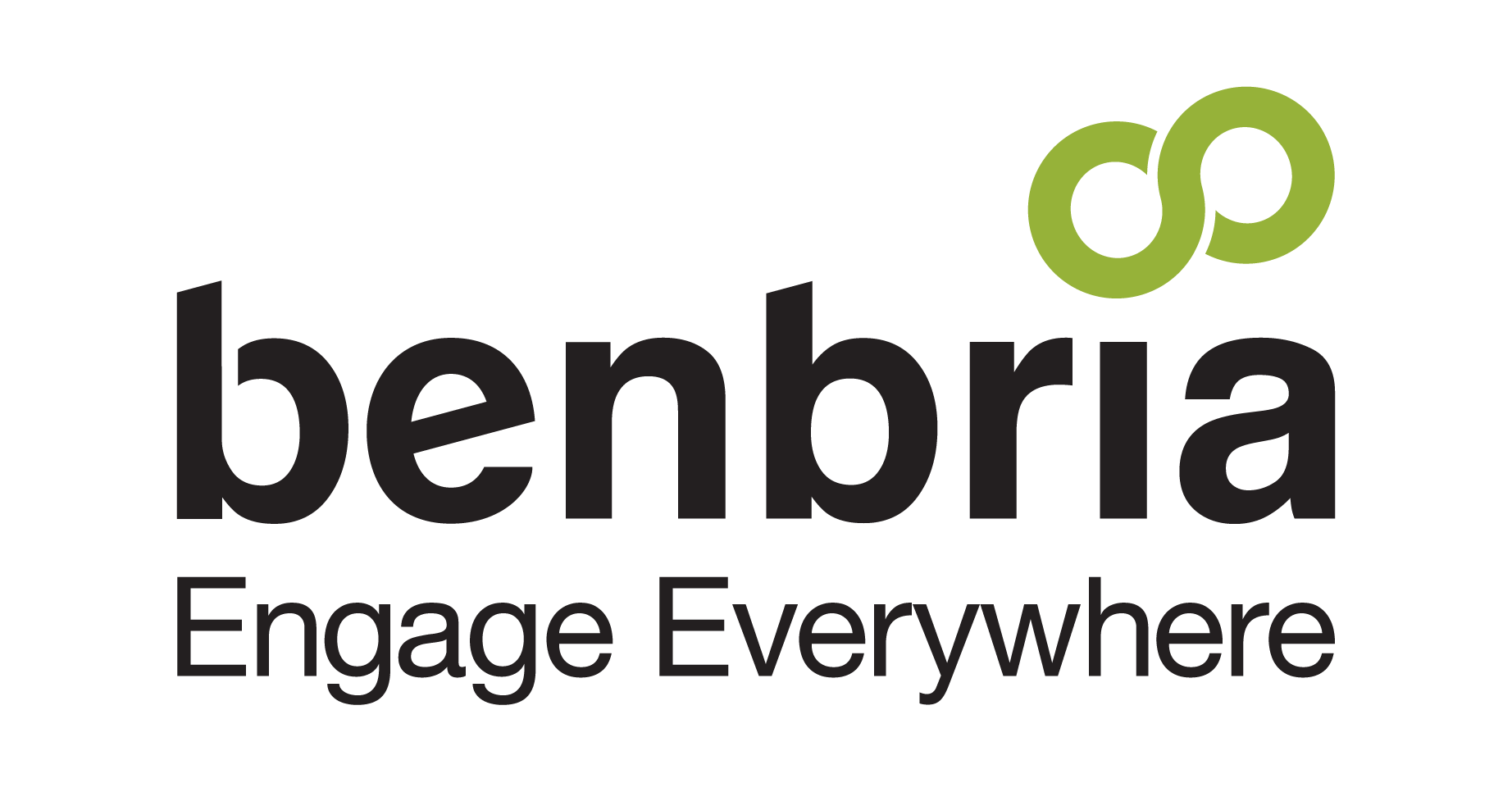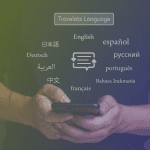The Difference Between Texting and Messaging
For many, texting and messaging are words that are used synonymously. It’s understandable, they both serve a similar purpose by allowing users to send and receive messages. If you’re a business looking to adopt a messaging platform into your business, it’s important to know the difference. After all, they are two completely different entities that can offer your business and customers two very different things.
So, what is the difference between texting and messaging?
In this blog, we’ve broken it down so you can decide what type of communication best suits your business and customers needs.
Messaging
Messaging is one of the most popular forms of communication to date. It’s an all-encompassing real-time communication method that puts the user in control of when, where, and who they message. From it, individuals can send text, images, videos, and voice notes – in addition to calling or video chatting. It’s simple and effective and offers a variety of options to its users.
From the wide range of capabilities that messaging offers, here are some distinctive qualities that set messaging apart from texting.
Messaging is growing rapidly. With popular platforms like Facebook Messenger, WhatsApp, Snapchat and more, the amount of customers embracing messaging is on the rise. As reported by Statista, in 2016 1.58 billion mobile phone users access over-the-top (OTT) messaging apps to communicate and by 2021 the numbers are projected to grow to 2.48 billion users. With such a large predicted growth, messaging becomes a valuable asset to not only attract a wider audience but to stay ahead of the tech curve.
Messaging offers users variety. Messaging apps give users a range of option to communicate. From text, to video, to GIFS, to voice notes, users can use whatever form of messaging is convenient for them and the recipient. If they prefer, they can have entire conversation without a single use of text, making it more flexible and immersive for the user.
Messaging supports group conversations. As messaging continues to rise, so has the adoption of group conversations. Messaging makes talking to multiple people easy, instead of downloading a plug-in or sending out a mass text and receiving responses individually, messaging allows you to add as many people you want to a conversation and talk collaboratively. This is a great feature for businesses that want to loop in multiple team members to a conversation with a customer.
Location isn’t an added cost. Messaging is universal as long as you’re connected to WiFi or have a data plan. Regardless if you are on vacation in Barbados or at your office in Toronto, messaging allows users to connect wherever they are at no additional cost (aside from data plans which depend on your carrier). It’s a great benefit for those long-distance customers that you want to keep a relationship with without the burden of roaming or overseas charges impacting access.
Messaging appeals to younger generations. Messaging apps are a great opportunity to win the loyalty of younger generations, more specifically, Millennials and Generation Z. According to PEW Research almost half of smartphone owners aged 18 to 29 use at least one messaging app. In addition, according to GlobalWebIndex, “one-third of millennials use either Messenger or Facebook-owned WhatsApp,” while“ (52 percent) of Gen z say they spend three or more hours per day on messaging apps ”. Unlike older generations, Generation Z and Millennials grew up using messaging apps and they’re comfortable using them, which makes it a huge opportunity for your business.
Messaging platforms are constantly a work in progress. Messaging as an entity is still fairly new, which means there will always be new kinks to work out and new versions to update. Glitches, hacking instances, or poor updates to messaging platforms are commonplace and can hinder the users and businesses ability to communicate efficiently. Snapchat is a great example of this as earlier this year they encountered immense pushback from users when they updated their look and feel. The update was one that really dropped their usage rates and hindered businesses ability to effectively connect with customers.
Messaging is instant. One of the biggest benefits of using messaging versus texting is the ability to communicate in real-time. Unlike texting, or email for that matter, i-message, a type of messaging available only to i-phone users, allows recipients to receive messages the second the user presses send. Not to mention, they can see the user typing and they can even see if the recipient has read the message or not. This makes for a more transparent and reliable form of communication between users.
Data plans and WiFi access is hardly a limitation. One of the biggest arguments against messaging is the fact that it needs some sort of network connection to fully work, whether it be Wifi or a data plan. However, with the growth of messaging across the globe, cellular companies have started to offer more smartphone plans that incorporate greater access to data. In addition, more establishments have started to incorporate WiFi in their service. In fact, it’s more difficult to come across an establishment that doesn’t have WiFi than one that does.
Messaging has a promising future. Messaging is on the rise and it’s proven that it isn’t going anywhere. As stated in our initial point; by 2021 the numbers for messaging app usage is projected to grow to 2.48 billion users. That’s a huge market that should be a consideration for your business. With changing customer preferences and new demographics on the rise, it’s important to consider and stay on top of trends so you can continue to flourish.
Texting
Texting has been the communication method of choice for decades and although initially, it’s presence has been substantial, with the rise of messaging it has started to take a back seat. In its most basic form, texting, allows users to send text messages to others. However, sometimes with added charges, there is an option for multimedia messages where a customer can send recipients images and video.
While texting offers a wide range of capabilities, here are some distinctive qualities that set this medium apart from messaging.
Texting has a limited character count. One of the biggest defects of texting with customers is the limitation on characters with some carriers. Today, customers want flexibility and variety. They want to be able to send a message with ease and convenience – so limiting their character count can be a huge disadvantage. Texting as it stands today, often limits users to 160 characters. Anything exceeding that is broken up into multiple texts, which depending on your service provider, can mix up the order of messages in the process. A frustrating experience for the sender and receiver.
Texting is a universal platform. Although messaging apps are growing in popularity, not everyone wants to download an app and not everyone has access to a network connection. Texting is supported by any mobile device and operates as long as you have a phone number and a signal. For someone new to smartphones or someone who doesn’t want to be bombarded by a range of apps on their phone, texting can be the preferred choice.
No sign in necessary. In relation to our last point, and having multiple apps on your phone, with texting you don’t need to constantly sign in to a platform to view a message. Once you send a text it goes straight to the recipient’s phone, they get a notification and they can review it without any gatekeeper. This makes it highly unlikely that the recipient won’t be able to access a message.
Texting can be inconsistent. Texting as a method of communication can be quite cumbersome. Depending on your carrier or the level of service that you have, it can take several seconds or minutes for a message to send and be delivered. This is especially true in terms of sending multimedia messages such as images or video. Users can end up waiting extended periods of time to receive distorted images or may not be able to open the video at all. In that sense, texting can be very inconsistent and in some cases, unreliable.
Texting is the traditional method of communication. For many people who have been texting since its inception, texting can be a traditional and preferred method of communication. It can provide a level of comfort and familiarity for long-term users that make it the platform of their choice.
Texting can be inflexible. Unlike messaging, texting has its limitations. Not only can it take an extensive amount of time to receive multimedia messages, but it also restricts group conversations. With texting, users can only broadcast messages to a variety of numbers but can’t actively collaborate with a group of people. Messaging allows an individual to communicate with as many people as they want, when they want, on the platform of their choice.
Conclusion: Texting vs Messaging, the best type of communication should suit your business and customers needs.
As clearly depicted by these definitions, texting and messaging are two very separate entities that offer businesses two very different capabilities. For your business, deciding whether you incorporate texting or messaging should be a strategic and well thought out plan. You should consider using insight from your customer base as well as analyzing the pros and con’ for team member adoption to know what works better for you. If you can’t decide between the two, don’t fret, using both and opting for an omni-channel approach is an even more inclusive way to appeal to your customers.
Contact the Benbria Team to deploy both your customer texting and messaging solutions today!
 About Jordan Parsons.
About Jordan Parsons.
Jordan Parsons has served as CEO of Benbria since June of 2017. With over 19 years of hands-on experience, Jordan is a passionate entrepreneur with a background in engineering, skilled in building companies, teams, and innovative products. His strong technical background, combined with business acumen, enables him to make informed decisions that bridge both technology and strategy.
Active in Canada’s technology and startup communities, Jordan is committed to giving back whenever possible. Jordan thrives on collaborating with talented individuals, tackling significant challenges, and driving business growth.




